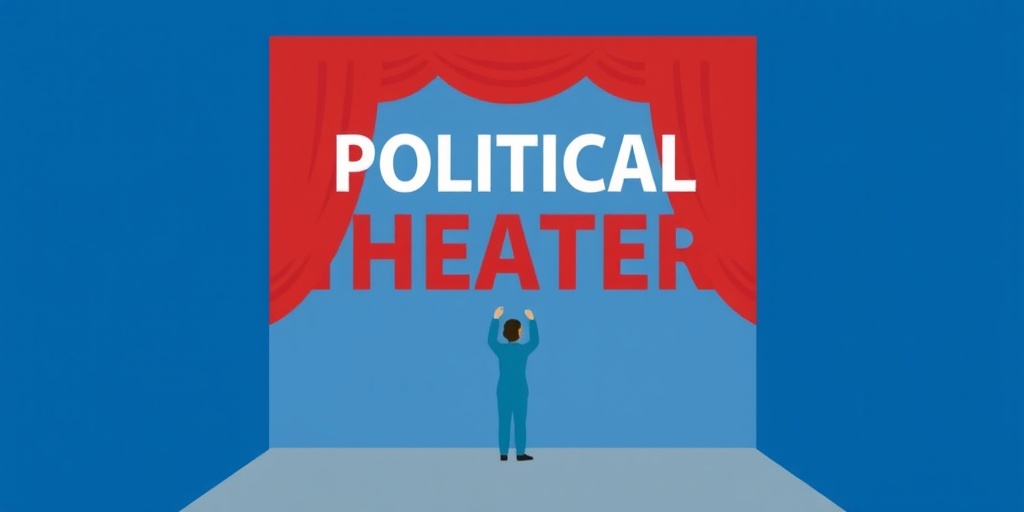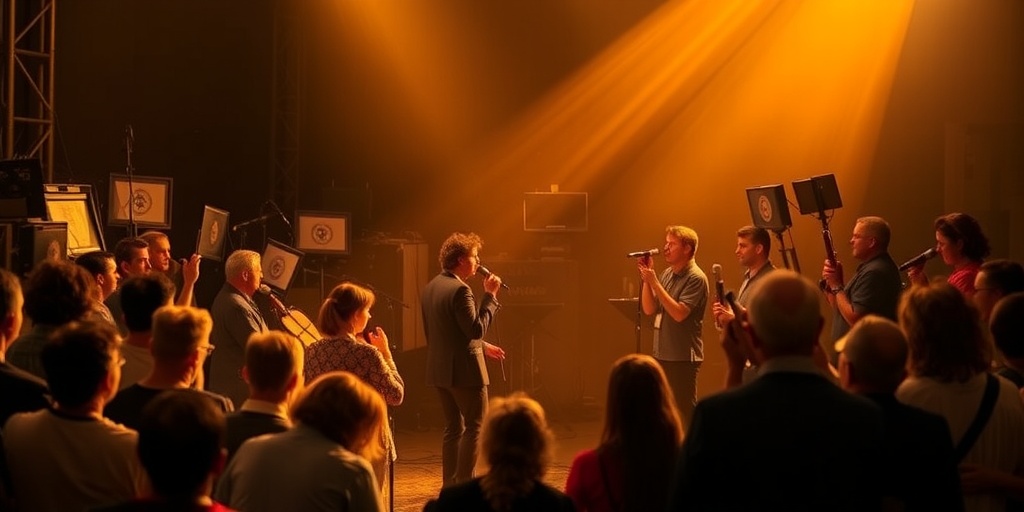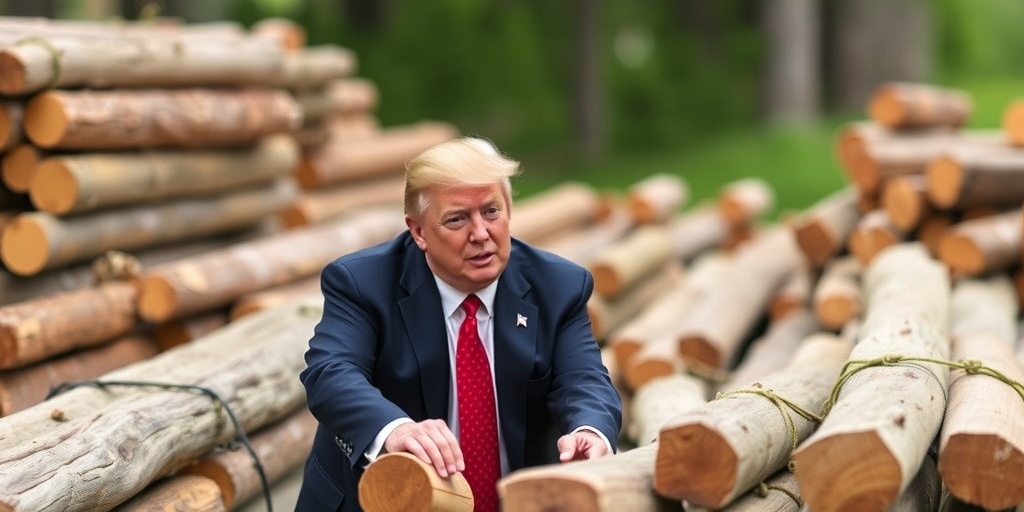Now Reading: Political Theater: What Are Our Expectations?
-
01
Political Theater: What Are Our Expectations?
Political Theater: What Are Our Expectations?

Title: The Evolving Role of Theater in Today’s Political Landscape
In a time characterized by diminishing cultural authority and increasingly fleeting attention spans, the concept of "relevance" has transformed into a highly coveted accolade for works of art. Historically, art has served as a reflection of our political and societal contexts, but in today’s climate, where we are bombarded with a relentless flow of news, art often becomes a substitute for responses we struggle to articulate ourselves. In fact, the expectation of relevance has shifted from a mere compliment to a standard that we anticipate from contemporary artistic expressions.
Among the various artistic genres, theater stands out as the medium to which we look for answers to the complexities of our current realities. As noted by Mark Harris in his insightful examination of the politicization of American theater, there are inherent qualities that make theater uniquely positioned as a cultural response. Unlike films that can be distributed widely and viewed by a vast audience simultaneously, theater is confined by its physical nature. Each performance is limited to a specific audience within a particular timeframe, necessitating participation not only from those who can afford the ticket but also from those who can physically travel to the venue. In an era of mass entertainment, theater remains an intimate experience that inherently fosters deeper connections between the audience and the performance.
Despite its relative exclusivity, the cultural influence of theater is extensive and often profound. Harris argues that as we navigate the landscape of 2025, the assertion that all theater is political has transitioned from being a mere rhetorical claim to an unavoidable truth. The evidence can be found in the current theater season, rife with new productions and revivals addressing pressing topics such as immigration, racial issues, public health crises like vaccines, and the nuances of bodily autonomy. These themes resonate deeply within the societal zeitgeist, transforming the theater into a platform for expression and discourse.
Audiences today yearn for theater to speak to their unarticulated sentiments; they seek catharsis through performance. The expectation that theater can express our collective anger or offer a sense of hope has never been more pronounced. However, Harris poses a thought-provoking question: while we often ponder what theater can do for us, perhaps we should consider the inverse — what can we do for theater? He challenges us to reflect on the intentions behind contemporary political theater: Is it designed to affirm our preexisting beliefs? Does it aim to galvanize us into taking action? Should it provoke discomfort or even rebuke our notions?
The multifaceted nature of these intentions highlights the complexity of engagement that theater invites. It possesses the potential to affirm our beliefs while simultaneously pushing boundaries, challenging us to reconsider our perspectives. Ultimately, what may be most pressing is our fundamental desire to experience emotions — to feel something in a world that sometimes seems void of genuine connection.
While the exclusivity of theater remains a noteworthy aspect of its nature, the broader conversation must also address how accessible such artistic expressions can be made. The challenge lies not only in bringing diverse narratives to the fore but also ensuring that audiences from varying socioeconomic backgrounds can engage with this art form meaningfully.
In conclusion, as we grapple with the myriad challenges facing our society, theater’s role as a catalyst for conversation and reflection is undeniable. It serves as a mirror reflecting our collective experiences and as a stage for dialogue about the pressing issues of the day. The expectation that theater remains politically engaged is not a fleeting trend; it reflects a deeper need for art to resonate with our realities and contribute to the cultural conversation. As we move forward, the relationship between theater and its audience will be pivotal in shaping not only our understanding of art but also our engagement with the world around us.
Stay Informed With the Latest & Most Important News
Previous Post
Next Post
Previous Post
Next Post
-
 01New technology breakthrough has everyone talking right now
01New technology breakthrough has everyone talking right now -
 02Unbelievable life hack everyone needs to try today
02Unbelievable life hack everyone needs to try today -
 03Fascinating discovery found buried deep beneath the ocean
03Fascinating discovery found buried deep beneath the ocean -
 04Man invents genius device that solves everyday problems
04Man invents genius device that solves everyday problems -
 05Shocking discovery that changes what we know forever
05Shocking discovery that changes what we know forever -
 06Internet goes wild over celebrity’s unexpected fashion choice
06Internet goes wild over celebrity’s unexpected fashion choice -
 07Rare animal sighting stuns scientists and wildlife lovers
07Rare animal sighting stuns scientists and wildlife lovers





















